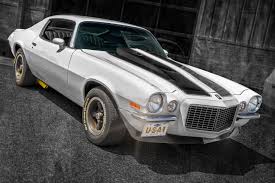If you want to invest in a used car, it is essential to take some time to make sure you get a good deal: it can hide many anomalies, or the vehicle’s documents may not be in conformity.
Many garages will not take the time to perform these tests but will use the maintenance logbook, mileage and general condition of the vehicle to set a price. Here are six vital mechanical tests that you can perform to get an idea of the condition of the car.
1. An exhaust pipe that does not emit smoke
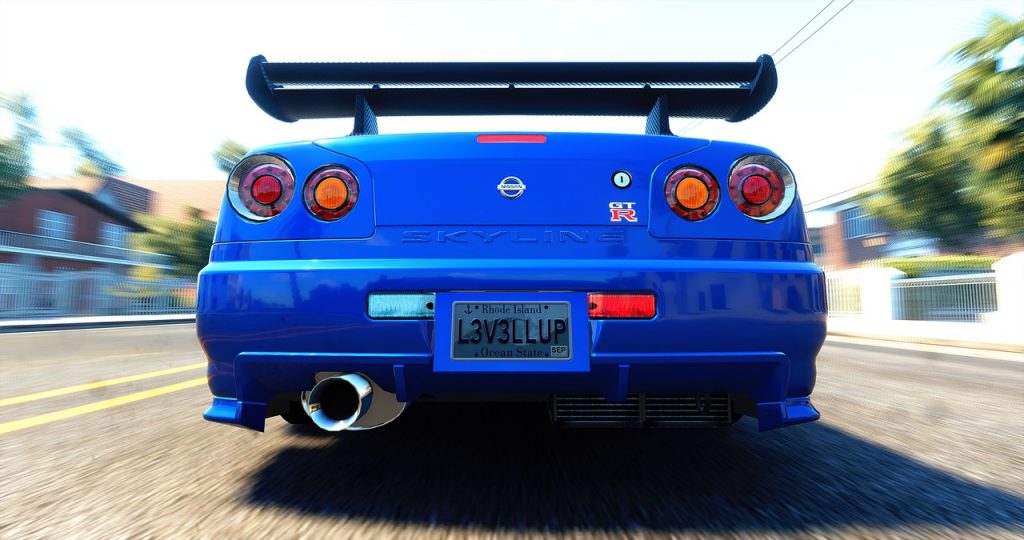
Monitor for smoke in the exhaust. Its colour is indicative of its functioning:
– White smoke: if the vehicle is cold and the white smoke disappears about ten minutes after starting, this is perfectly normal. It corresponds to the evaporation of water naturally present by condensation in the exhaust gases. On the other hand, when hot, it reveals either a water pump leak or a broken cylinder head gasket.
– Black smoke: whether cold or hot, it shows an overly rich air/petrol mixture and engine fouling. The smoke is not prohibitive, but the engine will require some adjustment. On diesel engines, black smoke during high acceleration is not abnormal and corresponds to the sudden evacuation of fuel waste.
– Blue smoke: the car consumes oil in quantity, the piston rings or the valve stem seals or other components are worn or broken, causing oil leaking. A sign of an engine at the end of its life.
2. A clutch that does not slip
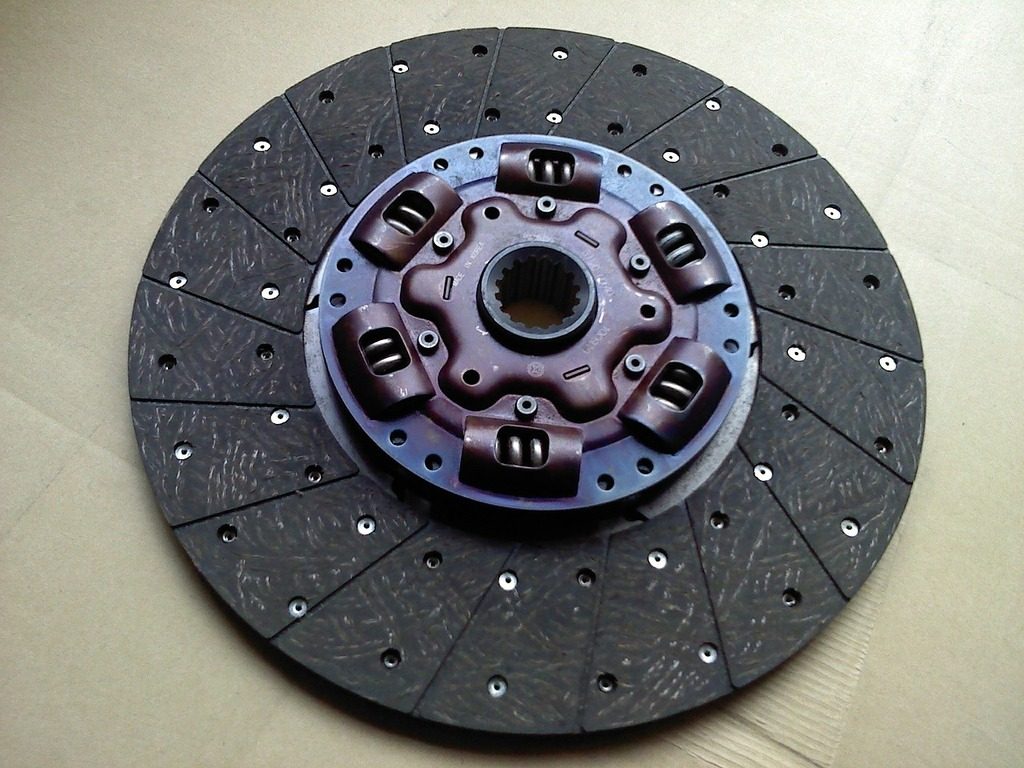
A highly stressed component, especially on a vehicle operating in an urban cycle, the clutch is a wear part that is expensive to replace.
To test your clutch, here are some quick checks to perform:
– Engine running, wait about ten minutes in neutral. Press the clutch pedal and engage reverse gear. The operation must be carried out without any difficulty and without the gearbox control emitting a squeak.
– After a short warm-up lap, put your car in neutral. Apply the hand brake. Engage the fourth or fifth gear. Gently release the clutch. If the engine stalls, that’s a good sign. On the other hand, if it continues to turn, the clutch is good to change.
– Drive slowly, in a cruising mode. Accelerate suddenly, as if you wanted to overtake. If the engine speed increases but the car speed remains stable, the clutch is out of order.
3. Brakes that are not worn out
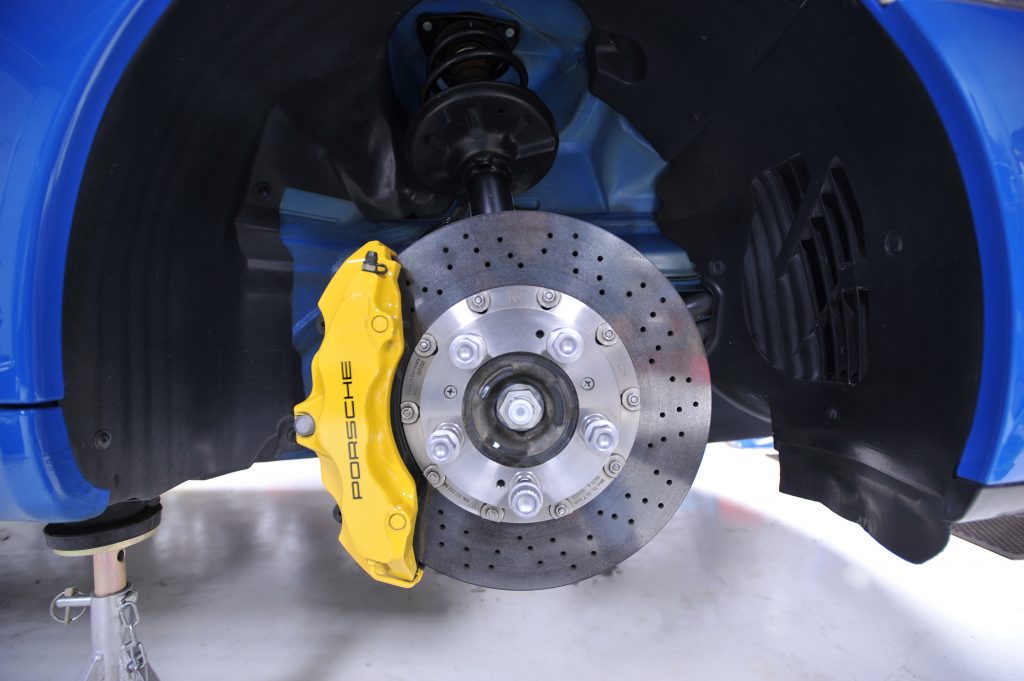
The braking system allows the car to slow down and stop in the best conditions, and it must show:
– Stability: maintain the vehicle’s trajectory.
– Efficiency: in minimum time and distance.
– Progressiveness: with braking proportional to the driver’s effort.
– Comfort: requiring minimum effort by the driver.
When braking, two different tests must be carried out (on the road without traffic or a supermarket car park, for example):
– Take a little speed and brake gradually by letting go of the steering wheel. If the wheel lock or the car does not keep its trajectory straight, either the steering is not healthy, or the alignment adjustment or tire inflation should be reviewed.
– Piling by squeezing the brake suddenly while releasing the steering wheel, the car must keep a straight trajectory.
4. A gearbox that reacts well
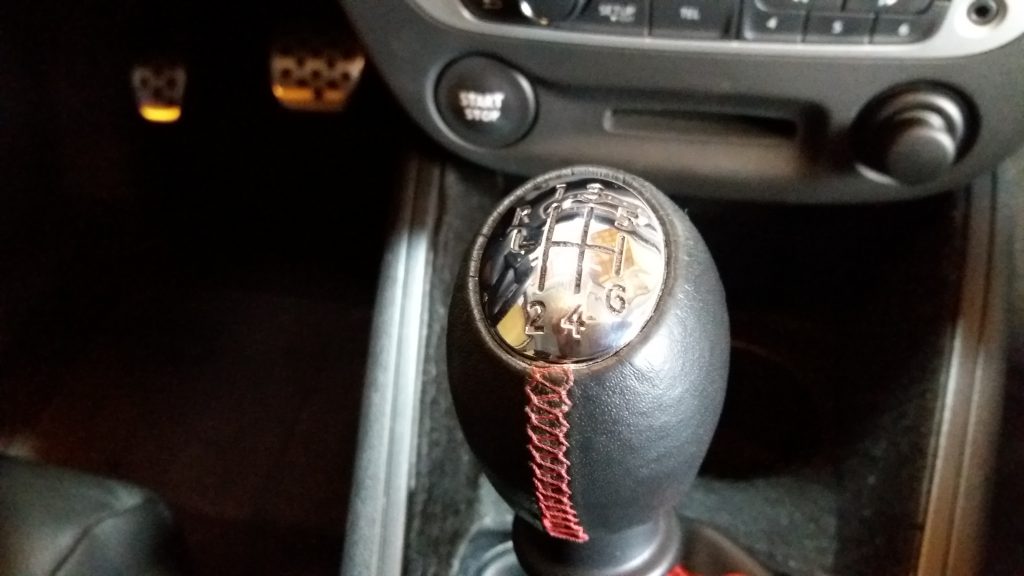
A cold test is required to find out if the gearbox is in shape. Indeed, the oil contained in the gearbox, which is more viscous when it is cold, will reveal any weaknesses in the mechanics.
Furthermore, no crackling should be heard when you shift all gears quickly:
– by shifting up and shifting down;
– by reversing backwards.
A second test is recommended, and here, the engine must stall quickly.
By shifting the first gear and gradually engaging, the car should stop while you apply the hand brake entirely.
5. A suspension and shock absorbers that absorb shocks
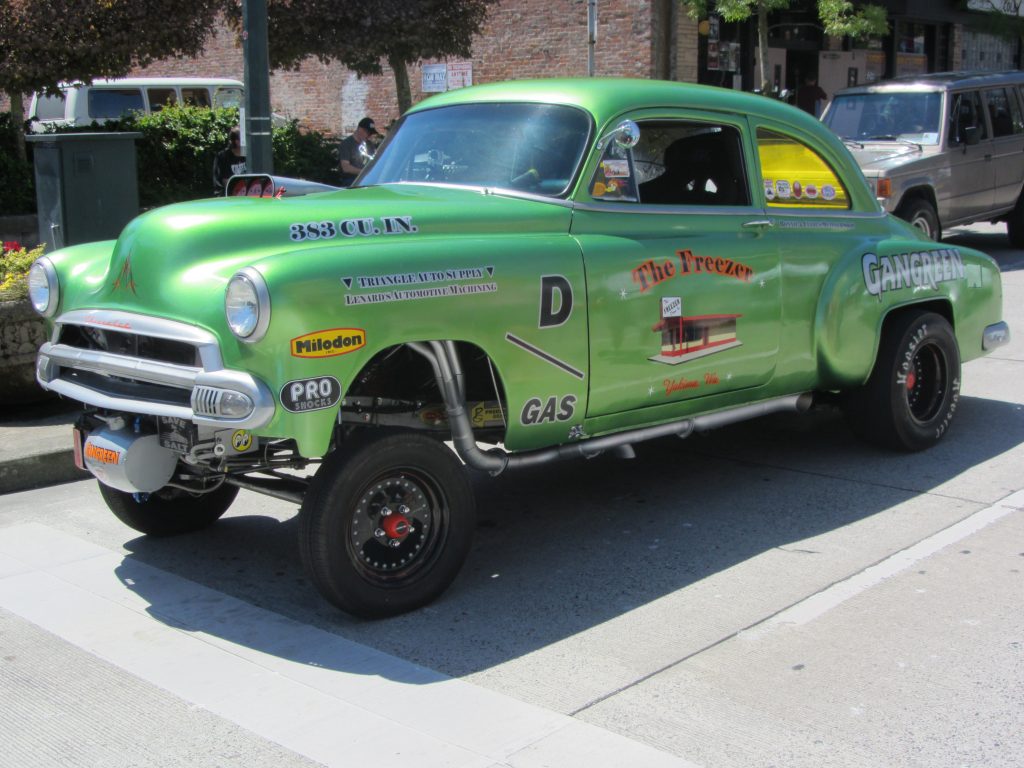
Tired shock absorbers significantly degrade handling and cause premature tire wear.
The test is simple:
– Press hard on the back of the vehicle;
– release suddenly;
– the car must stop almost immediately;
– if it “dances” for a few seconds, it means the shocks or struts are not good;
– repeat the test on the front.
6. Other miscellaneous electrical checks:
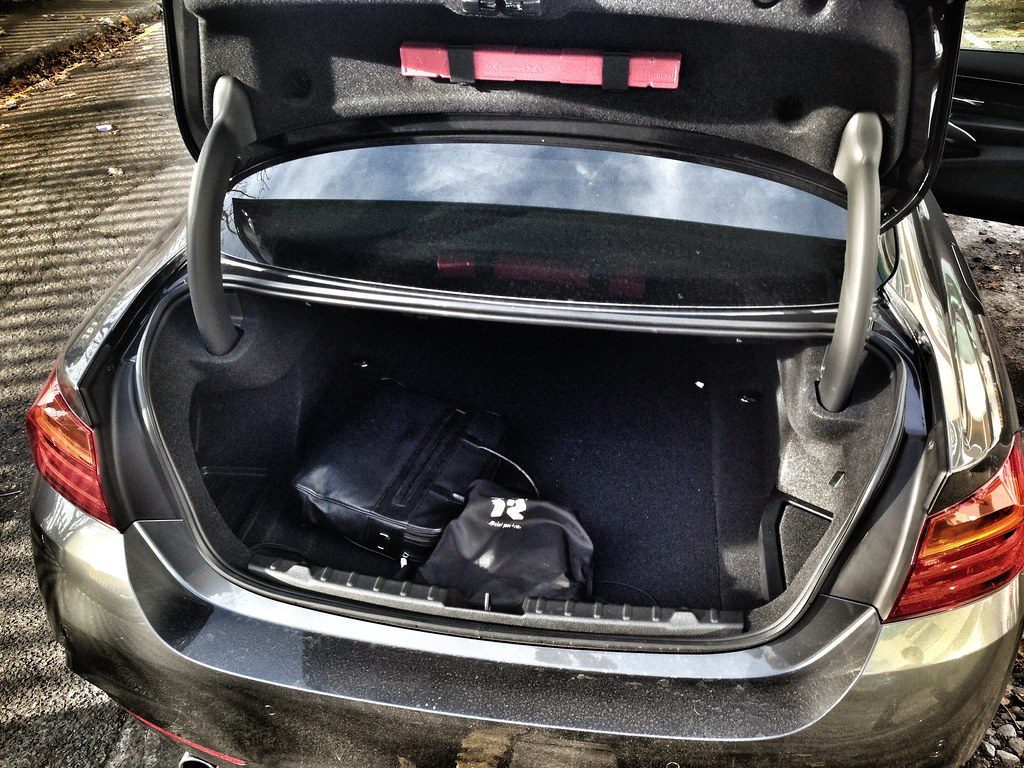
– The gas indicator is working correctly. A faulty gas indicator means the fuel gauge should be replaced;
– the horn and tachometer are functioning;
– the power windows slide up and down smoothly;
– the door handles are working correctly;
– all the available lights can be switched off and on;
– you can open and close the boot with the car remote control, in case it does not have a manual boot lock;
– even if the wipers are worn out, their arms should be doing the movement correctly.
In case any of the above is having an issue, and you buy the vehicle, bear in mind that you will have an additional cost for those miscellaneous electrical repairs.
All in all, make sure that all of the above is functioning correctly. It may seem a long list to remember, so you can bring along a friend or your mechanic to remind you of a checklist during the car inspection.

